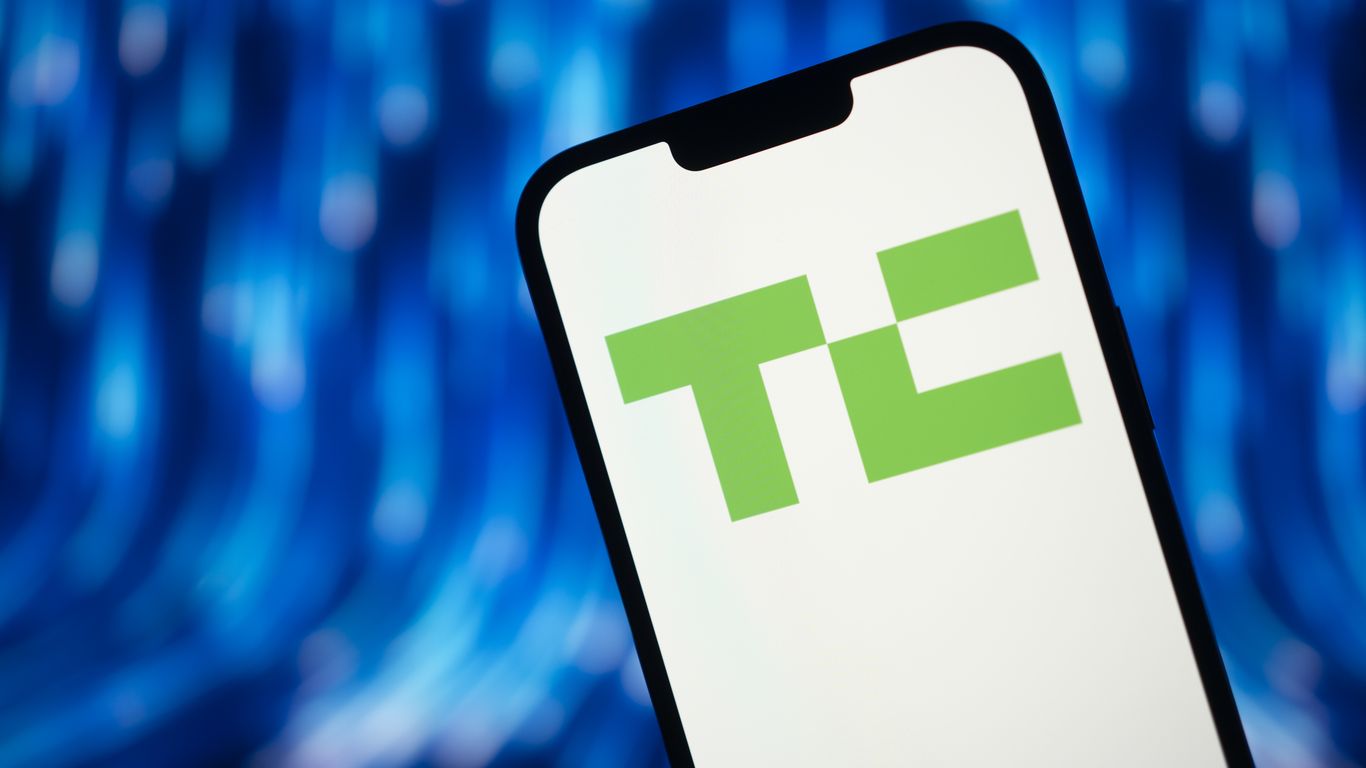The best Apple Watch in 2025

Apple released an entirely new lineup of Apple Watches during its “Awe dropping” launch event in mid September. There’s now a new flagship, Apple Watch Series 11, a revamped entry-level model, Apple Watch SE 3, and the next generation of the premium wearable, Apple Watch Ultra 3. We didn’t get a new version of either the SE or the Ultra last year, and Apple made up for the wait by giving those two significant updates. The Series 11 is still what we recommend for most people, but the other two are more compelling than ever. Here, we break down the differences between the models so you can pick the best Apple Watch for your wrist computer needs.
Table of contents
Best Apple Watch in 2025
What to look for in an Apple Watch
Like all Apple products, Apple Watches will only work with other devices from the brand's ecosystem. You won't be able to pair any Apple Watch to your Android phone. Note that you can pair other wearables (like a Garmin tracker or a Fitbit band) with your iPhone. There are some more features that are specific to Apple Watches and that set each of the three models apart from one another.
Chips and sensors
All three models in the current lineup have the same S10 SiP (system in a package) chip with a four-core Neural Engine. The chip allows for on-device processing of Siri requests as well as dictation, translation, automatic workout detection and the double tap and wrist flick gestures that let you control your watch hands-free.
You get an optical heart rate sensor, temperature sensor, compass, altimeter, accelerometer, gyroscope and light sensor in every Apple Watch model, but the Series 11 and Ultra 3 have a more advanced heart monitor that in part enables the new hypertension detection feature. The two higher-end watches also have sensors that can generate an ECG and detect blood oxygen, water temperature and water depth.
Fall and crash detection come standard no matter which Apple wearable you pick and all support near field communication (NFC) for Apple Pay. If you opt for the cellular versions of the Series 11 or SE 3, your watch will have access to 5G networks. Cell connectivity comes standard on the Ultra 3 and the watch now also has satellite-enabled SOS, messaging and Find My abilities.
Displays and case options
Every Apple Watch model now has an always-on display. The wide-angle OLED display on the Apple Watch 11 and Ultra 3 lets you see the always-on display from more angles. The SE can reach a maximum brightness of 1,000 nits, the Series 11 can get as bright as 2,000 and the Ultra 3 hits 3,000 nits. Both higher-end screens can dim to a single nit, making them less distracting in the dark. And the Ultra model has the added night mode feature on certain watch faces that turns the dial red to preserve your night vision.
As for case sizes, the SE 3 is available in 40 or 44mm. The Series 11 has a choice of a 42 or 46mm case. The Ultra 3 comes in just one size measuring 49mm. The SE 3 has an aluminum case in two colors (Starlight or Midnight). The Series 11 lets you pick from aluminum (in Rose Gold, Silver, Space Gray or Jet Black) or titanium (in Natural, Gold or Slate). And the Ultra 3 only comes in titanium (either Natural or Black).
Battery life
The Apple Watch Ultra 3 sports the biggest battery and can last for a claimed 42 hours on a charge. The Apple Watch 11 is rated to go for 24 hours and the SE 3 gets an estimated 18 hours before it needs a visit to the charger. Low power mode will get you many more hours, going for as long as 72 hours for the Ultra 3, 38 hours on the Series 11 and 32 hours on the SE 3. All three are now capable of fast charging and Apple states an 80 percent charge in 45 minutes for the SE 3 and Ultra 3 and 80 percent in 30 minutes for the Series 11.
Fitness and wellness features
All three Apple Watches have similar fitness tracking chops. The Activity app uses three “rings” to keep tabs on how much you’re moving in a day: The Move ring tracks your active calories; the Exercise ring monitors the minutes you’ve spent walking, running, doing yoga and so on; and the Stand ring tells you how many hours in a day you’ve stood up and moved around for at least one minute.
Different internal sensors detect those activities, for example the accelerometer senses when you’re moving versus sitting still, and the optical heart rate sensor judges how hard you're working out and how many calories you’ve burned. You can set your goals for each ring and you’ll earn badges and animations when you hit them.
The Workout Buddy will work with all three watches, but you’ll need to have an Apple Intelligence-enabled iPhone nearby as well as Bluetooth headphones to use it. All three can access offline maps, which could prove useful when hiking far from cellular coverage. But if going off-grid is something you plan to do often, you may appreciate the satellite connectivity of the Apple Watch Ultra 3.
Siri
You can get the weather, start a workout, identify a song and dictate a text just by asking Siri. All Apple Watch models support the Raise to Speak feature that bypasses the need to say “Hey Siri” and will instead listen for your request when you lift your wrist near your mouth.
Every Apple Watch model utilizes onboard processing of Siri requests now, too. That means executing simple requests like starting workouts and timers are quicker, as they won’t need to access external networks. However, requests like sending texts or getting weather forecasts still need to communicate with Wi-Fi or cellular, so you’ll need to have your phone nearby if you have a GPS-only model.
Carbon neutral claims
Apple declared the Series 9 with the aluminum case its first carbon neutral product. But has since dropped those claims, possibly due to legal challenges in a German court. Instead, Apple states that all three watches have been designed to “reduce environmental impact” and the company still maintains its commitment to becoming carbon neutral by 2030.
Price
Perhaps the most surprising thing about the three new wearables was the lack of price increase from previous models. The Apple Watch SE still starts at $249, the Series 11 goes for $399 and up, and the Ultra 3 begins at $799. That puts a $550 difference between entry prices for the cheapest and most expensive Apple Watches.
For $250 you can get the 40mm Apple Watch SE 3 with GPS-only connectivity; adding cellular connectivity ups the price by $50. The Apple Watch Series 11 starts at $399 for the 42mm, non-cellular model in aluminum and goes as high as $749 for the 46mm titanium case (which comes with cellular). The Apple Watch Ultra 3 is $799 for a titanium 49mm case with both GPS and cellular, but the price goes up with different bands. You may also need a few Apple Watch accessories, if so, you can factor that into your purchasing decision.
How we tested Apple Watches
Engadget has been reviewing Apple Watches since the first one came out in 2015. Since then, we’ve tested every subsequent model Apple has released, including the Ultra and SE models, spending at least a few days or even a couple weeks with one strapped to our wrists. During that time, we run, hit the gym, go on hikes and wear it while sleeping, all the while gauging how it tracks various metrics, integrates with the iPhone and performs every other trick Apple claims its smartwatches can do.
Since we also review smartwatches from other companies, such as Samsung's Galaxy Watches and Google Pixels, our editors can compare Apple Watches not just to previous generations, but also to other wearables on the market. Our buying guides and recommendations rely on first-hand testing by Engadget staff.
Apple Watch comparison chart
Product |
Apple Watch Series 11 |
Apple Watch Ultra 3 |
Apple Watch SE 3 |
Release date |
September 2025 |
September 2025 |
September 2025 |
Case sizes |
42mm or 46mm |
49mm |
40mm or 44mm |
Case material |
Aluminum or titanium |
Titanium |
Aluminum |
Display |
LTPO3 OLED Always-On |
LTPO3 OLED Always-On |
LTPO OLED Always-on |
Max brightness |
2,000 nits |
3,000 nits |
1,000 nits |
Chip |
S10 SiP |
S10 SiP |
S10 SiP |
Max battery life |
24 h./38 h. low power |
42 h./72 h. low power |
18 h./32 h. low power |
Water resistance |
50 m. |
100 m. |
50 m. |
Featured sensors |
Electrical heart, optical heart (3rd gen), blood oxygen, temperature, compass, altimeter, accelerometer, gyroscope, light, depth gauge, water temp |
Electrical heart, optical heart (3rd gen), blood oxygen, temperature, compass, altimeter, accelerometer, gyroscope, light, depth gauge, water temp |
Optical heart (2nd gen), temperature, compass, altimeter, accelerometer, gyroscope, light |
Apple Watch FAQs
What are the best Apple Watch apps for fitness tracking?
All three watches use the same Fitness and Workout apps to track your progress, and they all have sensors to track speed, cadence, distance and heart rate. But the Apple Watch Ultra 3 and the Apple Watch Series 11 have more sensors than the Apple Watch SE 3.
Additional tech includes an electrical heart rate sensor and a depth gauge. The two pricier watches also have a blood oxygen app and an ECG app, all of which may give you a better picture of your overall health. All three models are compatible with the AI-powered Workout Buddy from watchOS 26 (the feature also requires an AI-compatible iPhone).
Are any of the Apple Watch series waterproof?
All three models are water resistant. But they can all handle immersion in water, including a swim. The Apple Watch SE 3 and Series 11 can handle a depth of up to 50 meters while the Ultra 3 can be submerged up to 100 meters.This article originally appeared on Engadget at https://www.engadget.com/wearables/best-apple-watch-160005462.html?src=rss















































